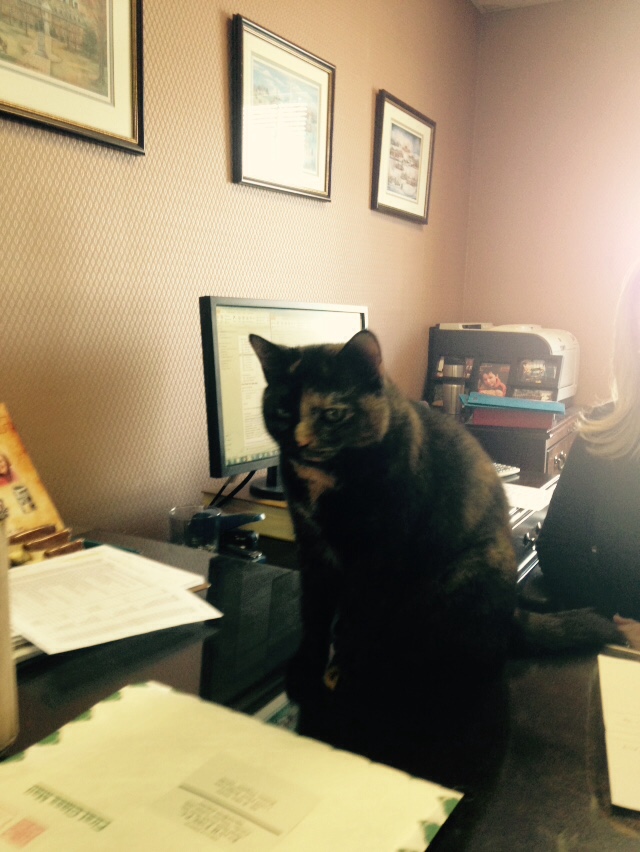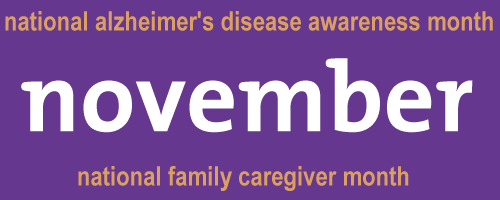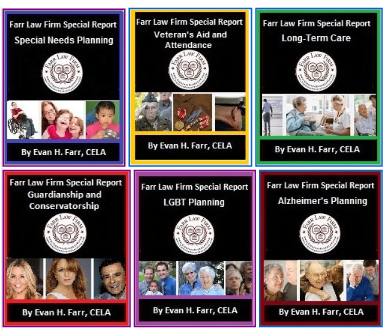Blue Zones: Hotspots of Health, Vitality, and Longevity
Published: Fri, 11/20/15
 |
Blue Zones: Hotspots of Health, Vitality, and LongevityIf you cannot view the image below, please read the article on our blog. Q. My 78-year-old sister, Alberta (Bertie), lives alone with her 7-year old West Highland White Terrier, Hallie. Bertie makes healthy choices, has a great group of friends, and volunteers in the community. She still walks for two miles total on her daily walks with Hallie (who
is a fit and healthy pup!). Despite the fact that her hair (and Hallie’s) is almost completely white, when it comes to Bertie, one is hard-pressed to guess that she’s pushing 80. Bertie lives in what's called a "Blue Zone," where people are living longer, happier lives due to healthier lifestyle choices.
My wife still works for the U.S. government in DC, and won't be eligible for retirement for a few years. We live nowhere near any of the current "Blue Zone" locations, which are in the Midwest, California, and a few other places. We know what we hear from Bertie, but are wondering if you know anything about the Blue Zones Project and some of the secrets that help residents to live
longer more purposeful lives, and how we can start one here.
A. Driven by a desire to live happier, healthier, longer lives, inspired citizens are using the Blue Zones Project to permanently shape their communities. A Blue Zone is a place where people tend to live about 10 years longer than those in other communities, by practicing
healthy habits, volunteering, staying social, and joining group activities. Blue Zones were inspired by places around the world that have high concentrations of centenarians, such as cities in Italy and Japan, and are currently located in seven U.S. locations, including cities in Minnesota, California, Florida, Hawaii, and others.
Blue Zones were identified and researched by the National Geographic Society and one of its journalists, Dan Buettner, the author of the book, "The Blue Zones." Now, Blue Zones are a healthy way of living that is
spreading across the U.S., with individuals and companies promoting the Blue Zones lifestyle as a way for seniors to live healthy, happy lives well into their 90′s and 100′s.
What Makes a City a “Blue Zones” Community?
Livability: Blue Zone's streets, sidewalks, and trails help people bike and walk more. Many cities have used the same techniques as the Blue Zones Project does to increase pedestrian and bike safety in roads, expand and build bike lanes and maintain
sidewalks. These kinds of improvements allow for great sources of exercise for individuals and makes a community more livable overall.
Volunteer Opportunities: Volunteering gives people a chance to build their communities and lead more meaningful lives by donating their time, expertise and effort to help a worthy cause. Blue Zones provide various volunteer opportunities and guidance to help people get involved.
Healthier Choices: A big part of bringing Blue Zones Project to a community is making healthy choices available—and making them easy and convenient. Improving a community's environment and local organizations means that citizens don't have to make much extra effort to live healthy lives. Everyone experiences the benefits of increased
well-being just by living, working and enjoying time in their community!
Social Circles: Through activities and events, Blue Zones provide lots of opportunities to connect people with new friends and neighbors. The people who meet through the Blue Zones Project are usually dedicated to a strong sense of purpose, community improvement, healthy eating,
and physical activity. In fact, Blue Zones principles emphasize how important it is for individuals to be surrounded by positive people who make healthy lifestyle choices, since that directly affects one's own habits.
Group Activities: The best communities are ones that provide safe, fun ways for people to get outside and move. Blue Zones suggest a variety of activities that help citizens move naturally. Moai Walking Groups
are groups of adults who meet regularly to walk and talk through the neighborhood. Walking School Bus programs help children walk to school safely. There are so many activities that can improve a community. If you want to learn more, you can view them all here!
Power 9 Traits
Currently, there are no Blue Zones in the Metro DC area. However, the founder of the Blue Zones Project listed 9 traits (known as the "Power 9") that residents share to help them live healthier, happier, longer lives. Power 9 behaviors can be organized into four categories, Move Naturally, Eat Wisely, Right Outlook, and
Belong.
1. Move Naturally: We can get more physical activity naturally if we live in walkable communities, de-convenience our homes, and grow gardens.
2. Know your Purpose: People who know why they wake up in the morning live up to seven years longer than those who don’t. Read more about purposeful aging here. 3. Down Shift: To reverse inflammation related to every major age-related disease, find time each day to meditate, nap, pray, or enjoy a happy hour. 4. 80% Rule: It takes your stomach 20 minutes to tell your brain it is full causing most people to accidentally overeat; so stop when you feel 80% full. 5. Plant Slant: Eat mostly a plant-based diet that is heavy on beans, nuts, and green plants. This is consistent with the USDA’s MyPlate recommendations to make fruits, vegetables and grains the majority of your intake. 6. Wine at 5: If you have a healthy relationship to alcohol, one to two glasses of wine daily could help add years to your life, especially when consumed with a healthy diet. 7. Family First: Living in a thriving family is worth a half a dozen extra years of life expectancy. Invest time in your kids, nurture a monogamous relationship, and keep your aging parents nearby. 8. Belong: Recommit, reconnect, or explore a new faith-based community. No matter which faith, studies found that people who show up to their faith community four times a month live an extra 4 to 14 years. 9. Right Tribe: Your friends have a long-term impact on your well-being. Expanding your social circle to include healthy-minded, supportive people might be the most powerful thing you can do to add years to your life. Read more about these traits in the article "How to Live to 100," in Next Avenue.
Taking Actions for Life
So, how can your community become a Blue Zones community? By getting friends and neighbors together, and "tracking your actions." On the Blue Zones Website, "My Actions" is where you keep track of the healthy life changes you've pledged to do, the ones
you've already completed, and new ones for you to try. Once you complete an Action, check the "I Did It!" button next to that Action to get credit. Every Action counts towards getting your town certified as an official Blue Zones community! Even if you are not interested in your town becoming certified, it is a good idea to follow some of the healthy traits listed above so you continue to reap the lifelong benefits.
If You Cannot Live a Blue Zones-type Lifestyle . . .
Unfortunately, not everyone in all geographic areas have access to Blue Zones-type living, and even for those who do, what happens when the this living model cannot meet your needs? Nursing homes in Northern Virginia cost $10,000-$14,000 a month – a catastrophic expense for most families. So regardless of whether there is a Blue Zone or
village community or other alternative senior housing option in your area, it is always prudent to plan ahead in the event that assisted living or nursing home care is needed in the future. Life Care Planning and Medicaid Asset Protection is the process of protecting your assets from having to be spent down in
connection with entry into a nursing home, while also helping ensure that you or your loved one get the best possible care and maintain the highest possible quality of life, whether at home, in an assisted living facility, or in a nursing home. Please contact us as soon as possible to make an appointment for a no-cost consultation:
Fairfax Elder Law Attorney: 703-691-1888
Fredericksburg Elder Law Attorney: 540-479-1435 Rockville Elder Law Attorney: 301-519-8041 DC Elder Law Attorney: 202-587-2797 --------
Critter Corner: Cats for Seniors Who are Allergic
 Dear Angel,
My mother loves pets, especially cuddly cats like you. She enjoys coming to Mr. Farr's office to see you, but she needs to take an allergy pill every time. She is lonely and would really like a cat of her own, but is unwilling to take allergy pills every day or get allergy shots. Are there any
other alternatives that you can think of?
Thanks for your advice,
Kat Aller-Gees
---
Dear Kat,
I am sorry to hear about your mother's dilemma. Cats make wonderful pets for seniors. In fact, studies have shown that petting an animal helps ward off depression and reduces stress. Luckily, there are options!
Hypoallergenic Cats
Some feline breeds exist that are considered "hypoallergenic," or produce fewer allergens than others. The following is a list which PetMD recommends for people who want to adopt a feline, yet feel options are limited due to allergies:
Another option
Technically, there are no 100% hypoallergenic domestic cats, and some people, like your mom would still love to have a cat. So, toy manufacturer Hasbro is marketing a lifelike robotic cat for seniors who may be unable to have real fur-babies. The Joy For All Companion Pet cats look, feel, and meow like real cats. They respond to petting, hugging, and motion much like real
kitties. "This two-way give-and-take helps create a personally rich experience that can bring fun, joy and friendship to you and your loved ones ages 5 to 105," says the Hasbro website.
The robotic cats have built-in sensors that respond to motion and touch. Their motions are cat-like and the "Vibrapurr" features sound and feel like real purring, which can be very soothing to humans. If you pet the robotic cat's left cheek, it nuzzles its head into your hand. And if you pet it long enough, it will roll over on its back for a tummy rub. Keep petting and it will curl up and go to
sleep.
Hasbro's Joy For All product line supports Meals on Wheels America's efforts to reduce senior isolation and hunger.
So, whether your mother adopts a real-life cat or purchases a robotic one, I hope she gets many hours of joy, companionship, and stress relief from her new "pet." I also hope she continues to visit me at the office.
Purrs and kisses,
Angel
-----
Sign up for our FREE Special Reports and get the answers to your burning questions! Just click on a cover below! |

|
||
|
This email was sent to
.
|










